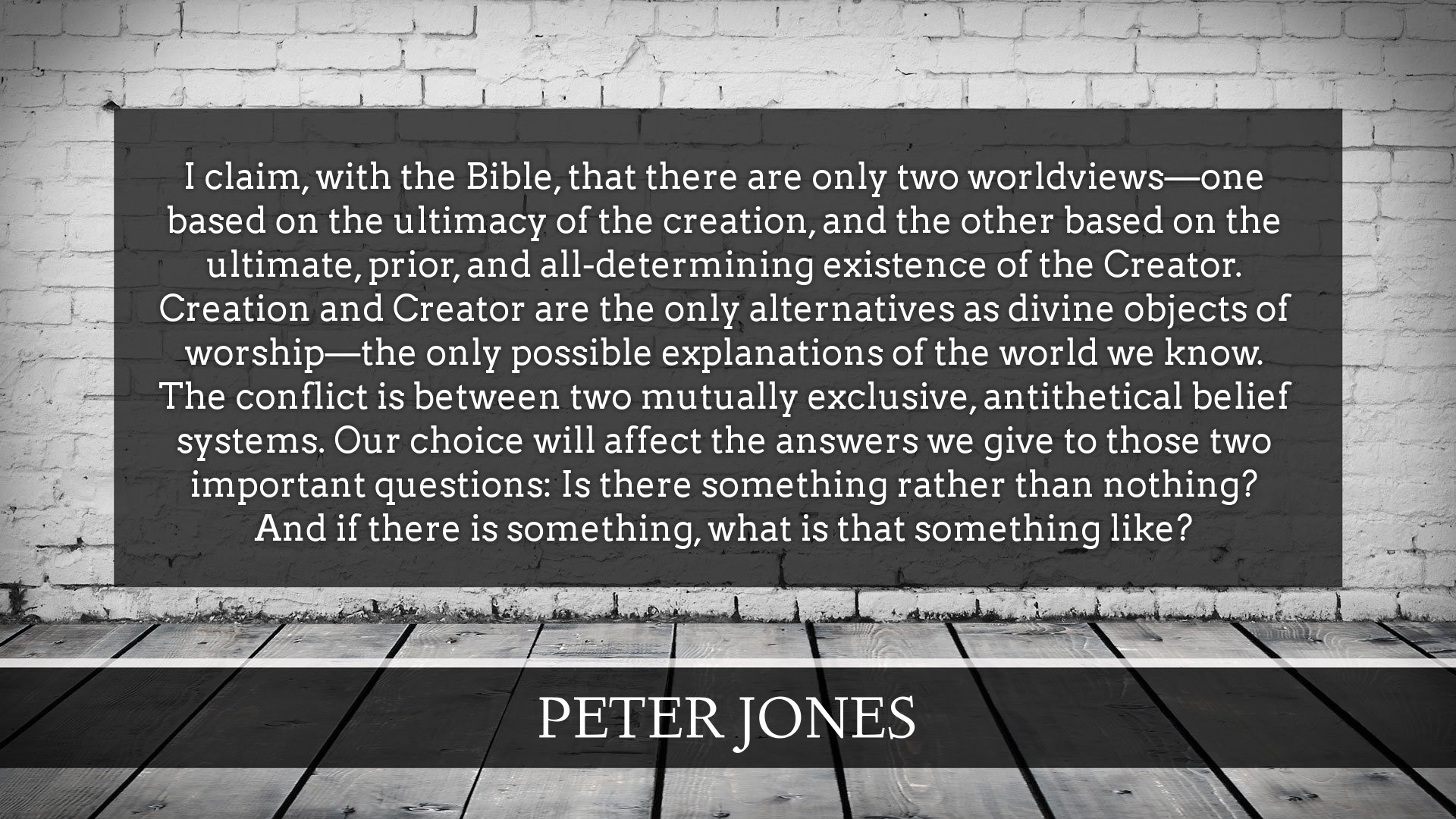We are most likely familiar with the Devil’s temptation of Jesus in the wilderness. The third temptation I understand as a sort of peace treaty offer from Satan. It is if he is saying, “Look, Jesus, you are here to claim ownership over the all the kingdoms of the world, and I’m willing to put an offer on the table. Jesus could rule the world with the Devil’s blessing. There could have been a truce between Jesus and the Devil on earth. But under such a truce, every human being must subsequently die in their sins and go to hell.
It is here that Jesus says, “Scram, Satan!” (ὕπαγε, σατανᾶ, hypage satana). The ESV has it right, “Be gone!” It is a strong command to “Go away!” (Matthew 4:10).
Notice though, that Jesus has to say the same thing to a disciple, a disciple who had just had something great revealed to him: that Jesus is the Christ, the Son of the living God (Matthew 16:16). Jesus blesses Peter by affirming that this revelation was directly from the Father in heaven, and that upon that same confession the church will be built (in the four gospels, only Matthew speaks of “the church”).
This disciple, recipient of divine-direct revelation, immediately begins to reject the mission of Jesus:
Matthew 16:21–22 From that time Jesus began to show his disciples that he must go to Jerusalem and suffer many things from the elders and chief priests and scribes, and be killed, and on the third day be raised. 22 And Peter took him aside and began to rebuke him, saying, “Far be it from you, Lord! This shall never happen to you.”
Notice Jesus’ reply:
Matthew 16:23 But he turned and said to Peter, “Get behind me, Satan! You are a hindrance to me. For you are not setting your mind on the things of God, but on the things of man.”
The phrase I underlined, ὕπαγε ὀπίσω μου, σατανᾶ· (hypage Go! opiso Behind! mou, satana) has the same strong command, but with an important difference: while the Devil, as Satan was told to “go away” in Matthew 4:10, Peter, addressed as Satan, is told to “go behind.” Same stern command, but to a very different location. Peter is told to get behind Jesus.
Jesus chose Peter, but Peter was thinking as a man, and his thoughts were not on the things of God, even though he had received divine revelation as to the identity of Jesus as the Christ. Indeed, knowing that Jesus was the Christ, made it all the more urgent, in Peter’s understanding, to save His life. He was certain that he could save the Saviour.
Unlike Satan, Peter was not cast out, nor told to go away, but to get behind Jesus. Peter could only think like a man; he needed to put his thoughts behind God’s thoughts. He needed to let Jesus do the thinking. We must understand that our understanding of the will of God, our comprehension of what God is doing, must always be placed behind Jesus.
The importance of this can be driven home by comparing the motivations both of the Devil and of Peter. Satan’s motivation and Peter’s were very different. Satan sought to divert Jesus from His mission, to gain Christ’s allegiance and end His mission before the cross. Peter sought to save Jesus from the cross out of his ignorance, his imperfect and uninformed love for Him.
But regardless of motivation, the result is the same: if the will of the Devil or of Peter had prevailed, Christ would never have met the cross, and no human being could survive the wrath of God.





